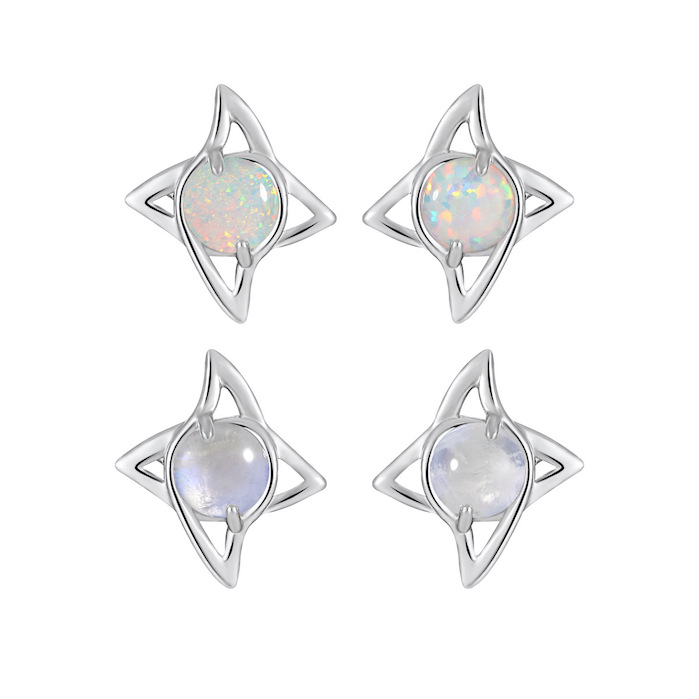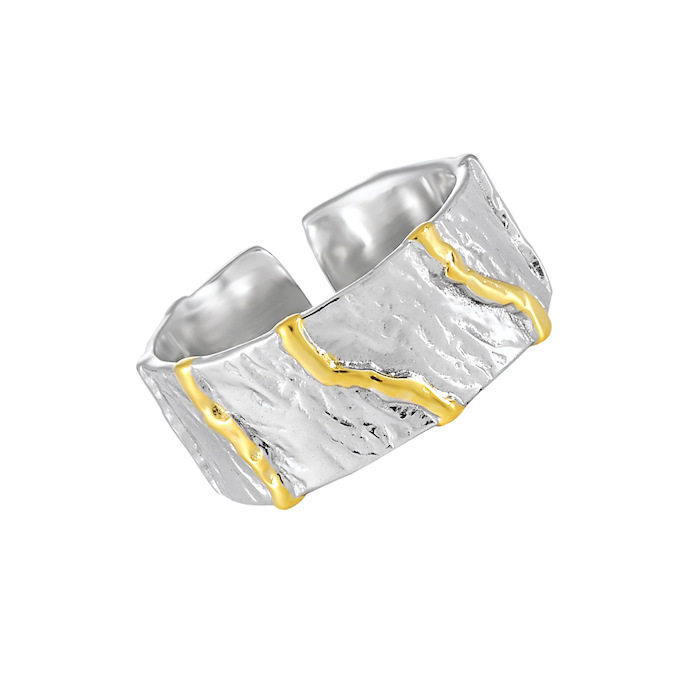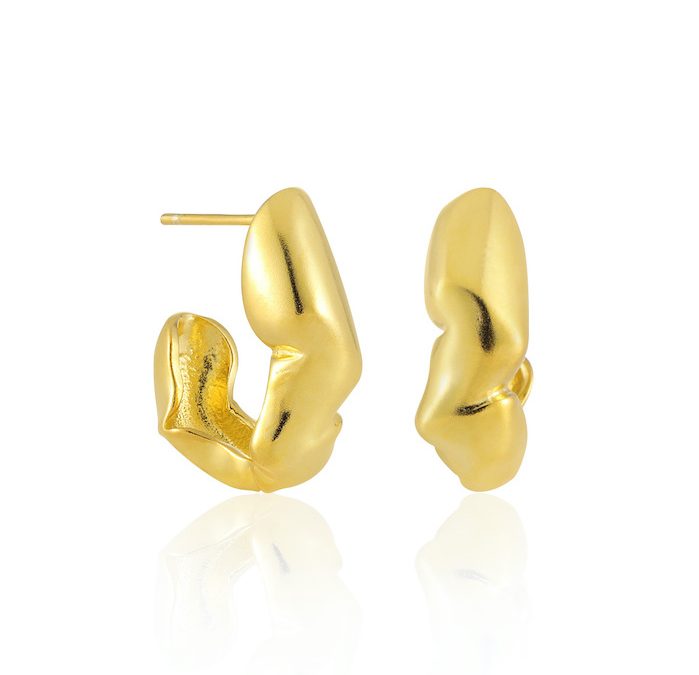When we start to work jewelry business of shop, wholesale or design, we need to find a reliable jewelry production partner for making our business to grow smoothly with good price, good quality, professional knowledge and good before / after-sales service…but, the problem is how to identify the best jewelry supplier from China?
Determining the best China jewelry factory for your needs involves evaluating several key factors. Here’s a step-by-step guide to help you identify the right factory:
1. Define Your Criteria
Before you start looking for a jewelry factory, define what “best” means to you. Consider the following aspects:
- Quality: High-quality materials and workmanship.
- Design: Unique and trendy designs.
- Craftsmanship: Skilled artisans and modern technology.
- Price: Cost-effectiveness without compromising quality.
- Minimum Order Quantity (MOQ): Flexibility in order quantities.
- Lead Time: Timeliness in production and delivery.
- Ethical Standards: Compliance with environmental and labor laws.
- Customer Service: Responsiveness and support.
- After-Sales Support: Warranty and returns policy.
2. Research
Conduct extensive research to find potential factories. Use online resources such as:
- B2B Platforms: Alibaba, Global Sources, Made-in-China, etc.
- Trade Shows: Attend trade shows in China or virtually.
- Industry Networks: Connect with industry professionals through LinkedIn or other professional networks.
- Google Search: Look for reviews and testimonials.ex.,you can search “china jewelry factory“…
3. Shortlist Candidates
Based on your research, create a shortlist of factories that meet your initial criteria. Consider the following:
- Location: Proximity to raw materials, shipping ports, and logistics.
- Specialization: Factories that specialize in the type of jewelry you want to produce.
- Experience: Years in business and expertise in your product category.
- Certifications: ISO, SGS, and other relevant certifications.
4. Request Samples
Ask each factory to send you samples of their work. Evaluate:
- Quality: Material, finish, and overall craftsmanship.
- Design: Originality and adherence to your specifications.
- Communication: Responsiveness and understanding of your requirements.
5. Visit the Factory (If Possible)
Visiting the factory can provide valuable insights into their operations. Check:
- Facility: Cleanliness and organization.
- Equipment: Modern machinery and tools.
- Workforce: Size and skill level of the workforce.
- Process: Quality control procedures.
6. Negotiate Terms
Discuss and negotiate the terms of the contract, including:
- Pricing: Unit cost and payment terms.
- Delivery: Expected lead time and shipping options.
- Order Volume: MOQs and flexibility in future orders.
- Warranty: Guarantees and return policies.
7. Legal Considerations
Ensure that all agreements are legally binding and protect both parties. Consider:
- Contracts: Detailed contracts outlining terms and conditions.
- Intellectual Property: Protection of your designs and trademarks.
- Insurance: Coverage for goods during transit.
8. Place an Order
Once satisfied, place your initial order. Start with a small batch to test the waters.
9. Monitor Production
Stay in close contact with the factory during production. Ensure:
- Quality Control: Regular updates and photos/videos of the production process.
- Timelines: Adherence to agreed-upon deadlines.
10. Receive and Inspect
Upon delivery, inspect the products carefully to ensure they meet your standards.
11. Establish a Long-Term Relationship
 If everything goes well, consider establishing a long-term partnership. This can often lead to better pricing and priority treatment.
If everything goes well, consider establishing a long-term partnership. This can often lead to better pricing and priority treatment.
By following these steps, you can identify and select the best China jewelry factory for your business needs.





